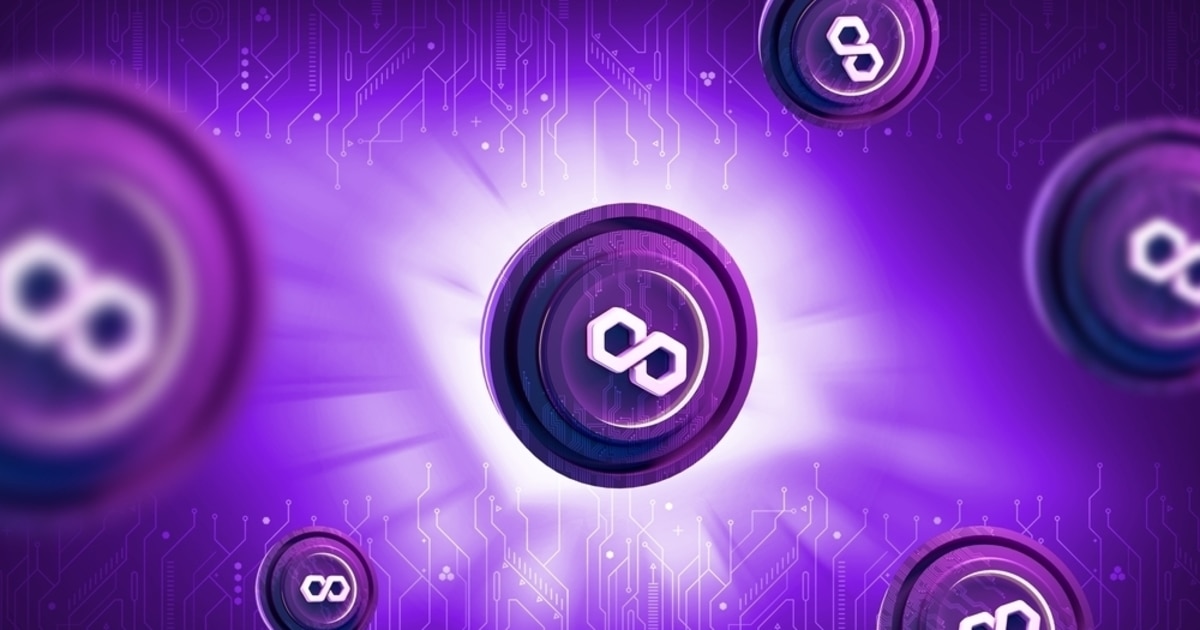lawrence jenga
September 26, 2024 17:49
Polygon’s (MATIC) Ahmedabad upgrade introduces enhancements for developers and users, including increased code size and improved network observability.
Polygon (MATIC) has officially launched the Ahmedabad upgrade on its Proof-of-Stake (PoS) mainnet, improving both developer and user experience, Polygon.technology revealed.
The upgrade, which has been tested on the Amoy testnet for two weeks, started at block #62278656. This important update introduces several notable features:
- Change token symbol: Polygon PoS’ token symbols have been updated from MATIC to POL and WMATIC to WPOL.
- Increased code size: Developers can now build more complex contract deployments with code size expanded from 24KB to 32KB.
- Enhanced Bridge Transactions: The upgrade allows replay of failed state synchronizations, saving aborted bridge transactions and improving observability of Plasma bridges in the network.
The Ahmedabad upgrade consists of three Polygon Improvement Proposals (PIPs).
PIP-30: Increased code size
PIP-30 increases the maximum code size from 24KB to 32KB. This change will allow decentralized application (dApp) developers to deploy more complex contracts without having to rely on alternative, less straightforward development patterns.
PIP-36: Solving gas price and bridge issues
PIP-36 solves the gas price issue that arose after Ethereum’s Berlin hard fork. This issue caused certain POL (formerly MATIC) transactions to be locked in the Plasma Bridge. Our proposal patches this bug and enables replay of failed state synchronizations, thereby improving the overall observability of network plasma bridges.
PIP-45: Token symbol change
Following the recent migration from MATIC to POL, PIP-45 changes the default token symbols for PoS from MATIC to POL and from WMATIC to WPOL.
All node operators, including infrastructure providers and validators, have already upgraded to the latest versions of Bor (>= v1.4.0) and Erigon (>= 2.60.8), ensuring a smooth transition to the new system.
Impact on Developers and Users
According to Polygon, developers and end users do not need to take any action after this upgrade. These changes are designed to improve the overall ecosystem without requiring any additional action from the community.
For more information, please visit Polygon’s official blog.
Image source: Shutterstock

